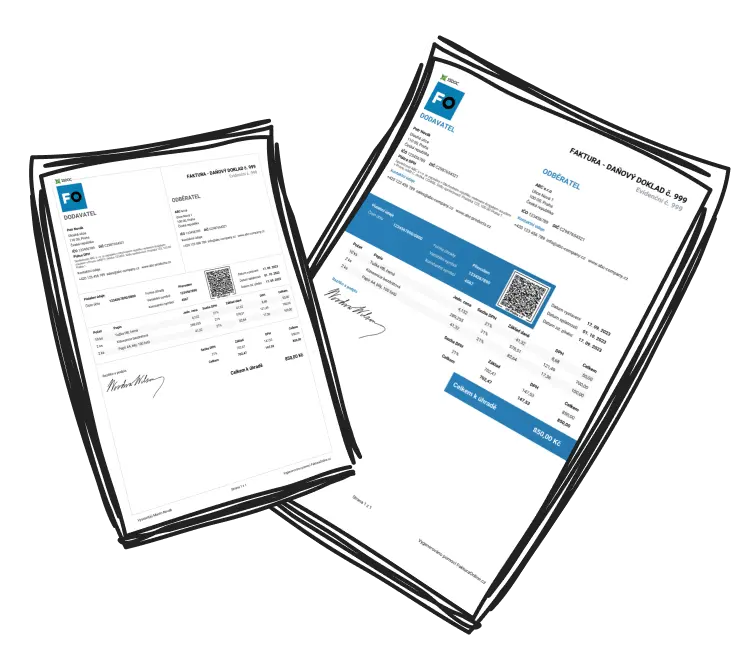Freelancers often juggle multiple client relationships simultaneously. However, effective freelance client management is crucial to establishing trust and delivering results seamlessly. Here are some best practices:
Set Clear Boundaries: Define work hours, communication channels, and project limits early on to avoid misunderstandings.
Onboard with Clarity: Use a detailed onboarding process to clarify scope, timelines, and deliverables.
Regular Updates: Schedule weekly or milestone updates so clients feel informed without requiring constant check-ins.
Honor Deadlines: Create buffer time for revisions and unforeseen delays to ensure on-time delivery.
Stay Organized: Utilize tools like Trello, Asana, or Slack to streamline task management and communication.
Document Everything: Save contracts, emails, and other records for reference to ensure accountability.
Professional Communication: Keep all interactions professional, even when addressing feedback or issues.
Track Finances Responsibly: Use organized invoicing and payment systems to avoid billing delays.

Tip
Proactively address potential delays with clients. Informing them early not only shows accountability but also helps build their trust in your work ethic.
How to Handle Difficult Freelance Client Relationships Effectively
Even the most seasoned freelancers encounter challenging freelance clients. Here's how to navigate these relationships with professionalism:
Maintain calm and don’t let emotions cloud your judgment. If a client raises concerns, actively listen and restate their issue to confirm understanding. Politely redirect them to previously agreed-upon terms—such as contracts or email chains—if expectations seem to shift. Referencing facts instead of emotions helps resolve misunderstandings.
When situations feel unrecoverable, evaluate whether the relationship is worth salvaging. If not, end it politely, citing fit or project misalignment.

Example
You have a client who requests extra work outside the original agreement. Stay firm yet polite: “This wasn’t within the agreed scope, but I can add it as an additional service.” Document decisions to avoid future disputes.
Strategies to Retain Freelance Clients Long-Term
Did you know that retaining existing freelance clients is often more profitable than acquiring new ones? Here are six strategies to build lasting client relationships:
Deliver Consistently Outstanding Work: Build trust by meeting or exceeding expectations every time.
Personalized Check-ins: Stay connected with past clients by offering genuine follow-ups or relevant insights.
Exclusive Perks: Offer loyal clients something extra, like unique benefits or priority services.
Act on Feedback: Be open to constructive criticism and actively use it to improve.
Flexible Services: Adapt to evolving client needs, ensuring your solutions remain relevant.
Communicate Value: Regularly remind clients of the impact your work brings to their business.
Retention isn’t just about saving costs—it also fosters stability and builds your reputation as a dependable professional.
Managing Freelance Client Expectations with Clarity and Confidence
The most common reason freelance client relationships fail? Misaligned expectations. Here’s how to manage these expectations effectively:
Start with a Detailed Onboarding Process: Use consultations to fully understand the client’s needs.
Write Clear Contracts: Include deliverables, timelines, payment terms, and scope to avoid ambiguity.
Communicate Regularly: Provide consistent updates and never let clients chase you.
Handle Changes Professionally: Discuss new needs or delays as they arise and adjust agreements accordingly.
Confirm Milestones: Finalize each phase of the project before proceeding to the next.

Vague contracts are one of the biggest risks in freelancing. Always create detailed agreements to protect both you and your client.
Key Qualities of a Successful Relationship with Freelance Clients
Strong freelancer-client relationships hinge on trust, respect, adaptability, and empathy. Transparency, consistent communication, and honoring commitments ensure mutual confidence in the professional partnership. Respecting deadlines, valuing a client’s goals, and addressing their concerns with empathy strengthen rapport.
Adaptability is also crucial—adjusting to changes gracefully shows you’re solutions-oriented and collaborative. Building genuine connections, beyond just transactions, fosters longer-lasting relationships.
Conclusion: Building Success Through Smarter Freelance Client Management
Mastering freelance client management isn’t just about surviving as a freelancer—it’s about thriving. Delivering quality work, maintaining open communication, and managing client expectations effectively are keys to fostering trust and long-term client relationships.
Start implementing these tips now to elevate your freelance career, build freelance client loyalty, and create sustainable success in the competitive freelance world. Every interaction counts—manage smarter, and watch your career flourish!

